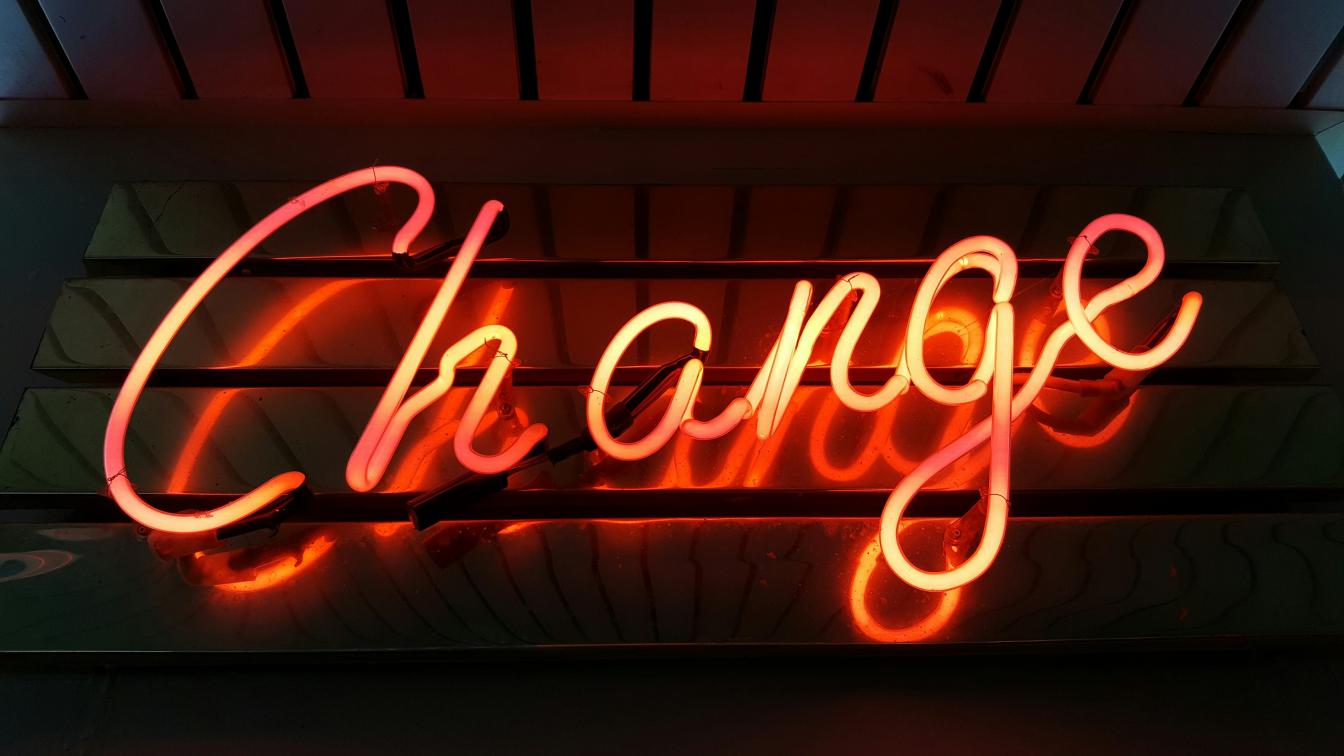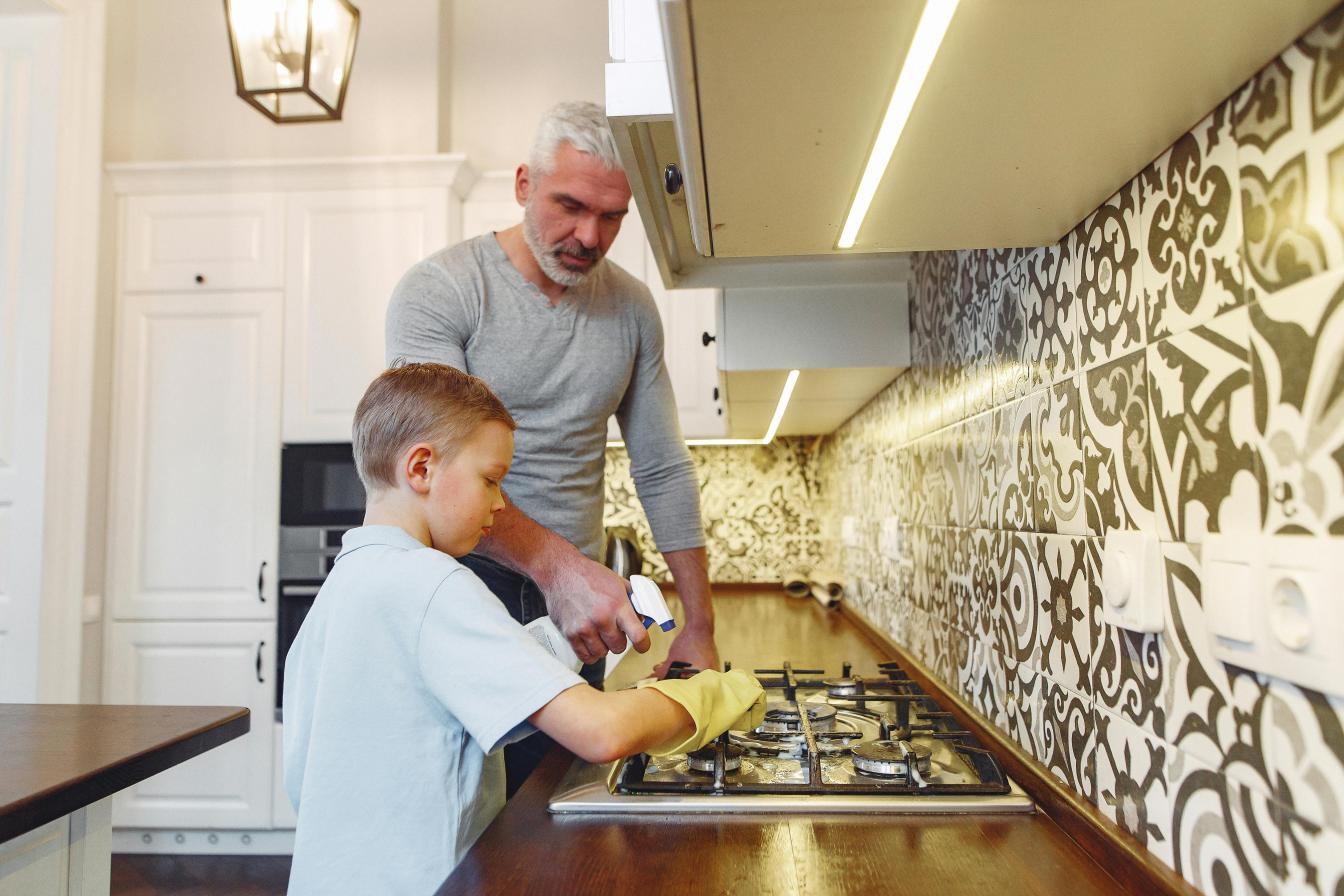
How to Change Bad Habits and Addictions
Habits shape who we are. They can propel us toward success or set us back into the realms of procrastination and addiction. This article delves deeply into understanding how to change bad habits and addictions in a structured and practical way for anyone looking to take control of their life.
In this piece, I will share insights from personal experiences and research. You’ll learn how to stop bad habits and addictions, understand the 7 steps to breaking a habit, and discover methods to reset your brain from bad habits.
Understanding Bad Habits and Addictions
Before diving into the nitty-gritty of changing bad habits, it’s essential to recognize what habits and addictions are. Habit are behaviors that are repeated regularly and tend to occur subconsciously. They can be benign, like brushing your teeth, or detrimental, like smoking or overeating.
Addictions, on the other hand, are habits on steroids. They are not just repeated behaviors but compulsive actions that often persist despite harmful consequences. My personal struggle with an addiction to caffeine made me realize how the line between a habit and addiction can blur and eventually control your life.
From my journey, I discovered that to change a bad habit or addiction, one must first acknowledge its existence. It’s easy to ignore the habitual sip of wine after dinner or the constant urge to check your phone, but these behaviors add up. Monitoring your actions and being mindful of your patterns is the first crucial step toward change.
The Psychology Behind Habits and Addictions
Understanding the psychological mechanisms underlying habits and addictions can give us an edge in overcoming them. Habit are formed through a loop consisting of a cue, routine, and reward. This loop ingrains the habit deeper, making it hard to break.
For instance, I’d crave caffeine (cue), drink coffee (routine), and feel energized (reward). Over time, this loop became automatic, making it hard to break away from my daily coffee. Likewise, addicts find themselves caught in a cycle they struggle to escape. The key lies in disrupting this loop.
Breaking this loop requires changing the routine. For example, I substituted coffee with herbal tea to disrupt the pattern. However, understanding and altering the reward system is crucial. By changing what we find rewarding, we can rewire our brains to embrace healthier alternatives.
Setting Realistic Goals
One of the most common mistakes people make when trying to break a bad habit or addiction is setting overly ambitious goals. It’s easy to be inspired and swear off all bad habits in a day, but true change is gradual.
During my struggle with caffeine addiction, I aimed to go cold turkey. However, the withdrawal symptoms were overwhelming, leading to frustration and relapse. It made me realize that gradual reduction was more sustainable. Small, manageable goals kept me committed without feeling deprived.
Similarly, creating a plan with incremental steps can help maintain momentum. Scaling down gradually not only builds discipline but reinforces the belief that change is possible. It’s essential to celebrate small victories along the way, as they motivate you to keep going.
Creating a Support System
Overcoming bad habits and addictions shouldn’t be a lonely journey. Having a support system can make a significant difference in maintaining motivation and accountability. Surrounding yourself with understanding friends, family, or community groups can provide emotional backing when the going gets tough.
In my struggle with caffeine addiction, I found that sharing my goals with close friends helped me stay accountable. They understood my journey and provided encouragement, especially during the challenging early days. Joining online forum’s or local support group’s can be equally beneficial.
However, professional helps, such as therapy or counseling, can offer structured guidance and coping mechanisms. Trained professionals can aid in identifying underlying issues contributing to habits and addictions, providing personalized strategies to tackle them effectively.
Simple Techniques for Breaking Bad Habits.
Breaking a bad habit requires a multi-faceted approach. Here are some strategies that helped me and can be beneficial for others looking to bring about change:
- Identify Triggers: Understanding what triggers your bad habit is crucial. For instance, my caffeine cravings were often triggered by stress or boredom.
- Change Environment: Alter your surroundings to eliminate cues that reinforce the habit. I removed all coffee products from my home, making it harder to give in to cravings.
- Substitute Habits: Find healthier alternatives to replace the bad habit. I replaced coffee with green tea, which still provided a sense of routine without the addictive high.
- Mindfulness and Meditation: These techniques can help increase awareness and control over urges. Regular meditation helped me stay grounded and aware of my cravings.
The 7 Steps to Breaking a Habit
Breaking a habit is not an overnight process; it requires dedication and structured strategy. Here’s a 7-step plan that I found incredibly effective:
- Awareness: Recognize and acknowledge the bad habit or addiction.
- Desire: Cultivate a strong desire to change and understand why it matters to you.
- Commitment: Make a commitment to change, setting clear, achievable goals.
- Action: Implement small, consistent actions that lead to breaking the habit.
- Substitution: Replace the bad habit with a healthier alternative.
- Support: Seek support and accountability from friends, family, or professionals.
- Persistence: Stay persistent, acknowledging that setbacks are part of the journey.
These steps helped me stay focused and resilient, especially during moments of weakness. Persistence is key—you might stumble, but what’s important is to get back on track.
The 21-90 Rule: Illusion or The real world?
You’ve probably heard of the idea that it takes 21 days to form a habit. While it’s an appealing notion, the reality is more complex. In my quest to battle caffeine addiction, I found that the time frame can vary significantly from person to person.
The 21-90 rule suggests that it takes 21 day’s to create a habit and 90 days to make it a permanent lifestyle change. While this framework provided a helpful guideline, it’s essential to recognize that individual experiences can differ. The most important aspect is consistency. For some, it might take a bit longer, and that’s perfectly okay.
What matters is to remain committed beyond the initial 21 days and view the 90-day mark as a milestone rather than a finish line. Continuing the new, healthier behavior beyond these time frames ensures that the changes are woven into your lifestyle permanently.
Being able to overcome setbacks and relapses
Setbacks and relapses are inevitable in any journey involving habit change. The key is not to let them demoralize you. During my caffeine detox, I relapsed several times, and each failure initially felt like a massive setback.
However, I soon realized that each relapse was an opportunity to learn and refine my strategy. After every setback, I reassessed my triggers and adapted my plan. It’s fundamental to be kind to oneself in these situations. Acknowledge the mistake, understand what caused it, and get back on track.
Overcoming setbacks also involves reinforcing the progress made so far. Reflecting on how far you’ve come can provide the motivation to continue. Remembering the benefits achieved and the reasons behind your decision to change can reignite your determination.
Resetting Your Brain from Bad Habits
Rewiring the brain is fundamental to breaking bad habits and addictions. Our neural pathways strengthen with repetition, making habitual behaviors almost automatic. However, the brain’s plasticity means it can be rewired with consistent effort.
Neuroscience suggests that habits form as our brains create a “shortcut” that eliminates the decision-making process. To change this, introducing new, positive behaviors consistently is essential. For example, during my journey, practicing mindfulness and meditation helped reprogram my mind and reduce cravings.
Moreover, engaging in new activities and hobbies can also aid in resetting your brain. Distraction techniques can redirect focus from the old habit to a new, healthier one. Continual practice helps weaken the neural pathways associated with the bad habit, allowing new ones to form.
Recognizing and Tackling Triggers
Triggers are events or stimuli that initiate a habitual response. Identifying and understanding them is crucial for breaking a habit or addiction. They could be emotional, environmental, or situational.
For example, stress was a significant trigger for my caffeine addiction. Recognizing this, I started employing stress-relief techniques like exercise, deep breathing, and hobbies to manage stress better. Changing routines and environments that cue the bad habit can also be effective.
Journaling can be a great tool to recognize patterns and identify triggers. Documenting the circumstances and emotions that prompt the habit can provide valuable insights into breaking the cycle. Creating a plan to manage these triggers with alternative actions can support lasting change.
The Four Laws of Habit Breaking
James Clear’s “Atomic Habits” proposes Four Laws for breaking a habit, offering a structured yet flexible approach. Here’s how I applied these laws:
- Make It Invisible: Reduce exposure to the habit’s triggers. Removing coffee from my house reduced the temptation.
- Make It Unattractive: Reframe the way you see the habit. I focused on the jitteriness and dependence coffee created, making it less appealing.
- Make It Difficult: boost the effort required to implement this habit. I stopped buying coffee, reducing access.
- Make It Unsatisfying: Use negative reinforcement. Keeping track of how caffeine affected my sleep and moods made me see the downsides clearly.
Applying these laws strategically helped me systematically dismantle my caffeine addiction.
How to Start a New, Positive Habit
Starting a new habit can be just as challenging as breaking an old one. The process requires commitment, consistency, and a well-thought-out strategy. During my quest to live caffeine-free, I aimed to incorporate healthier choices into my routine.
Understanding the triggers and cues for your current habit can help you design cues for your new habit. For instance, if morning coffee was my old routine, I replaced it with a morning run. The secret to success is to start small and be steady. Setting up reminders and pairing the new habit with an existing routine can be highly effective.
Positive reinforcements and rewards can also aid in establishing new habits. Celebrating small milestones and enjoying the benefits of the new behavior can strengthen the neural pathways necessary for the habit to stick. Over time, these small actions compound, leading to significant, lasting change.
Dealing with External Pressures
External pressures, such as social situations or peer influence, can challenge your resolve to change a bad habit or addiction. Navigating these scenarios requires confidence and preparedness.
In social gatherings where coffee was readily available, I would prepare by bringing alternative drinks or practicing polite refusal. It’s essential to communicate your goals with others to garner their support and understanding. Often, true friends and family will respect your journey and encourage you.
Learning to assertively handle external pressures without compromising your progress is crucial. Being flexible and finding balance can help, as it’s unrealistic to avoid social situations entirely. Instead, plan and prepare to handle these moments confidently.
FAQs Before Conclusion
What are the 7 step to breaking a habit?
The seven steps include awareness, desire, commitment, action, substitution, support, and persistence. These steps provide a structured approach to identifying, deciding, planning, and persisting in breaking any habit.
For how long does it take to break harmful habits?
The time frame can vary, but many suggest it can take anywhere from 21 day’s to 90 days to break a habit. Consistency and commitment are key to making lasting changes.
How do I reset my brain from bad habit?
Mindfulness, meditation, and engaging in new, positive activities can rewire the brain. Replacing old habits with new ones and consistently practicing these new behaviors helps reset the brain.
What are the four laws of habit-breaking?
The four laws are making it invisible, making it unattractive, making it difficult, and making it unsatisfying. These principles help dismantle the habit loop.
What triggers bad habits?
Triggers can be emotional (e.g., stress, boredom), environmental (e.g., specific locations), or situational (e.g., certain times of day or social contexts). Identifying these trigger is crucial for managing and breaking the habit.
Conclusion
Breaking bad habits and addictions is a challenging yet rewarding journey. It requires self-awareness, persistence, and strategic planning. From identifying triggers to understanding the psychology of habits, setting realistic goals, and creating support systems, each step play’s a crucial role in achieving lasting change.
The process is deeply personal and can vary for everyone, but the underlying principles remain the same. Embrace the journey with patience, celebrate small successes, and stay committed to your goal. Remember, the power to change lies within you, and with the right approach, you can transform your habit and lead a healthier, more fulfilling life.
Citations to this article:
- Forbes, What’s The Difference Between Bad Habits And Addiction?, Forbes, October 17, 2019, August 29, 2024
- YouTube, How to change your bad habits – Mufti Menk – YouTube, YouTube, August 29, 2024
- .reddit, r/getdisciplined on Reddit: How to quit a bad habit or addiction [method], .reddit, August 29, 2024
- LinkedIn, Bad Habits or Addictions: How to Change Them Permanently and Fast, LinkedIn, March 10, 2018, August 29, 2024
- Addiction Center, 4 Steps To Breaking A Bad Habit And Forming A New One, Addiction Center, October 19, 2023, August 29, 2024
- Mindful, Train Your Brain to Break Bad Habits, Mindful, May 27, 2024, August 29, 2024
- Develop Good Habits, 27 Ways to Break Your Bad Habits (without the Cravings), Develop Good Habits, August 11, 2023, August 29, 2024
- Ofpad, How to Break Bad Habits and Addictions Without Using Willpower, Ofpad, June 05, 2020, August 29, 2024
Post Disclaimer
The information contained in this post is for general information purposes only. The information is provided by How to Change Bad Habits and Addictions and while we endeavour to keep the information up to date and correct, we make no representations or warranties of any kind, express or implied, about the completeness, accuracy, reliability, suitability or availability with respect to the website or the information, products, services, or related graphics contained on the post for any purpose.




